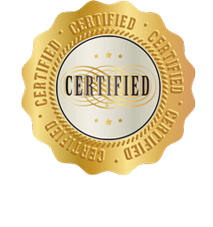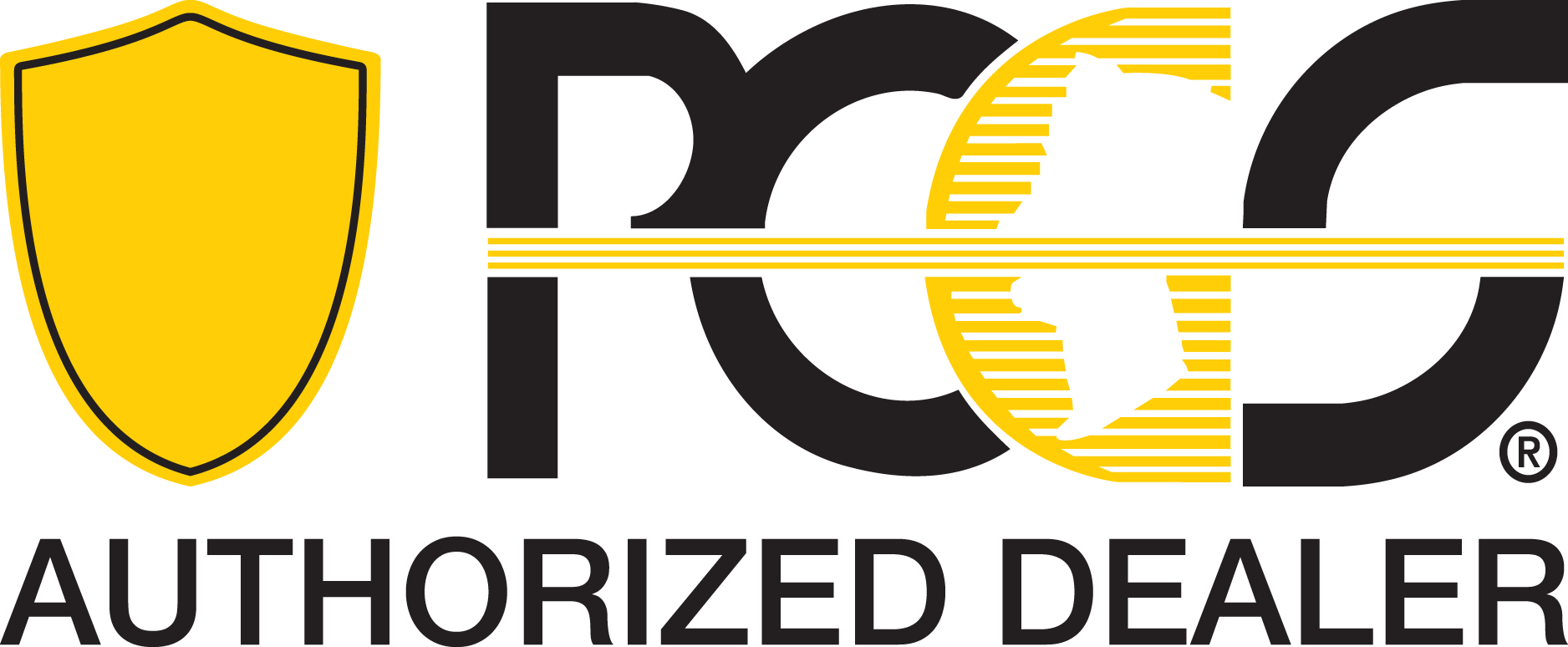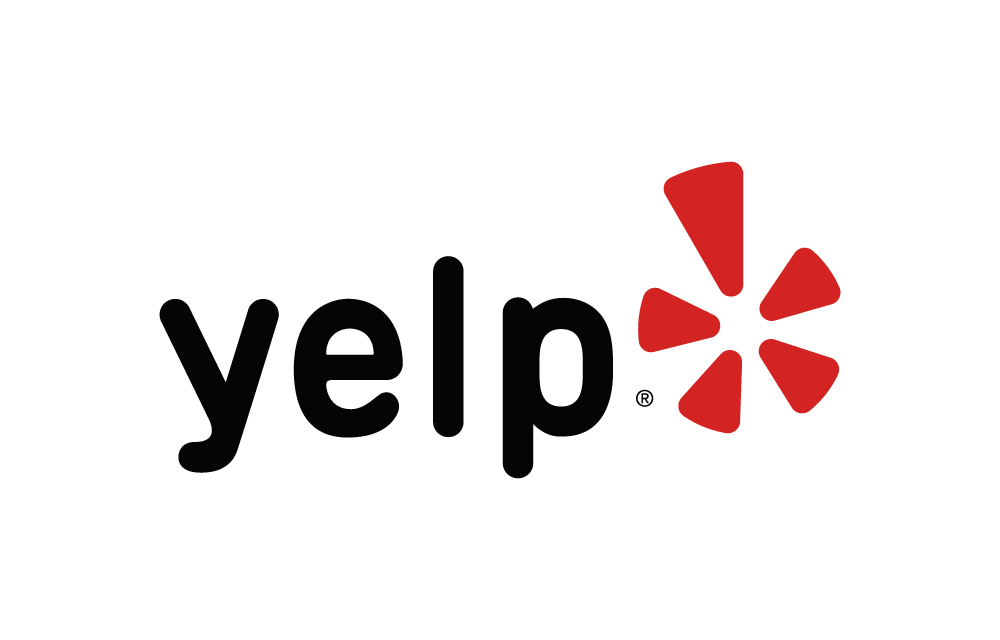Why Democrats Are Now Buying More Gold
While politics can be a divisive issue, we understand everyone’s perspective is valid and is shaped by deeply personal factors. But one thing is certain: For decades, our clientele has been dominated by conservative investors, attracted to gold for its independence from government influence and its reliability as a hedge against inflation.
But something interesting is happening in today’s precious metals market. A more politically diverse group of investors is entering the gold space, including a growing number of liberal and progressive investors who previously might have overlooked physical precious metals in favor of stocks, bonds, or alternative investments.
So what’s driving this shift? Why are more Democrats now buying gold, and what does this mean for the broader precious metals market?
A Historical Trend: Why Conservatives Traditionally Invest in Gold
To understand today’s changing dynamics, it’s worth examining gold’s traditional investor base. Conservative investors have long been drawn to precious metals for reasons that align closely with their core financial values.
Gold represents financial independence—it’s an asset that exists outside the traditional banking system and government control. For investors who value self-reliance and are skeptical of fiat currency, gold provides a tangible alternative that has maintained value for thousands of years.
Conservative investors have also historically used gold as a hedge against what they perceive as fiscal irresponsibility. Whether concerned about mounting national debt, expansive monetary policy, or the long-term effects of government spending, gold has served as insurance against currency debasement and inflation.
This appeal extends beyond pure economics. Gold represents a return to sound money principles, offering stability in an era of digital currencies and complex financial instruments that many traditional investors view with suspicion.
Do Liberals Buy Bullion? Changing Trends in the Modern Market
The short answer is yes—and increasingly so. While precious metals have traditionally skewed conservative, a new wave of Democrat and left-leaning investors are entering the gold market with their own compelling reasons.
This shift reflects several converging factors that transcend traditional political boundaries. Economic volatility over the past few years has affected investors regardless of their political affiliation. The pandemic-era market swings, followed by persistent inflation concerns, have prompted many progressive investors to reconsider their portfolio allocation.
Rising inflation has been particularly influential. Democrats who have watched their purchasing power erode despite strong stock market performance are discovering what conservative investors have long known: gold can serve as an effective hedge against currency debasement.
There’s also growing distrust in traditional financial institutions across the political spectrum. While conservatives have long been skeptical of big banks, many progressives now share similar concerns about Wall Street’s role in wealth inequality and market manipulation. For these investors, gold represents a way to store wealth outside of systems they view as fundamentally unfair or risky.
Perhaps most interestingly, many socially-conscious investors are finding that gold fits well within diversified portfolios that already include ESG investments and cryptocurrency. Tech-savvy millennials and Gen Z investors who grew up with digital assets are surprisingly comfortable with the concept of alternative stores of value—including physical precious metals.
Stats: Who Actually Buys Gold? A Look at Investor Demographics
Recent polling data reveals fascinating insights about gold ownership across political lines. While comprehensive demographic breakdowns by political affiliation remain limited, available data suggests the precious metals market is more diverse than many assume.
Gallup polling has shown that gold ownership spans all political affiliations, with variations more closely tied to age and income than partisan identity. Younger investors, regardless of political leaning, show increasing interest in alternative assets including both cryptocurrency and precious metals.
Geographic patterns also tell an interesting story. While rural and inland areas have traditionally shown higher gold ownership rates, coastal urban areas—typically more Democratic—are seeing increased precious metals investment. This reflects the growing sophistication of urban investors who are incorporating gold into diversified portfolios.
Income demographics reveal that gold ownership increases with wealth across all political affiliations. However, the entry point for gold investment has become more accessible, with fractional ownership options and lower minimum purchases attracting a broader range of investors.
The most significant trend is generational. Millennials and Gen Z investors, who lean more Democratic than previous generations, are driving much of the growth in alternative asset classes, including precious metals.
Economic Uncertainty: Why Democrats Are Increasingly Turning to Gold Today
Several specific factors are driving increased Democratic interest in gold investment:
Post-Pandemic Economic Concerns: The massive fiscal and monetary response to COVID-19 has created concerns about long-term inflation and currency stability that transcend political boundaries. Democrats who supported necessary pandemic relief measures are nonetheless concerned about the long-term economic consequences.
Environmental and Economic Instability: Climate change and environmental concerns are creating new types of economic uncertainty. Progressive investors are recognizing that physical assets like gold may provide stability in an era of increasing environmental and social volatility.
Portfolio Diversification Beyond Tech: Many Democratic investors have historically favored technology stocks and growth investments. However, recent tech sector volatility has prompted broader diversification strategies that include precious metals alongside renewable energy and ESG investments.
Cryptocurrency Integration: Interestingly, many progressive investors who embraced cryptocurrency are finding that gold complements their digital asset holdings. Both represent alternatives to traditional fiat currency, and many investors now hold both as hedges against different types of systemic risk.
Disillusionment with Traditional Finance: Growing awareness of wealth inequality and systemic financial risks has led many Democrats to seek alternatives to traditional banking and investment products. Gold represents a way to store wealth outside of systems they may view as problematic.
Common Ground: What All Gold Investors Value
Despite different motivations, investors across the political spectrum share fundamental reasons for choosing precious metals:
Wealth Preservation: Whether concerned about government overreach or corporate malfeasance, all gold investors share a desire to protect their wealth from systemic risks.
Portfolio Diversification: Modern portfolio theory applies regardless of political affiliation. Gold’s low correlation with stocks and bonds makes it valuable for any investor seeking to reduce overall portfolio risk.
Tangible Assets: In an increasingly digital world, there’s growing appeal across political lines for assets you can physically hold. This desire for tangibility spans from conservative preppers to progressive investors skeptical of digital financial systems.
Uncertainty Hedge: Political and economic uncertainty affects everyone. Gold serves as insurance against various types of systemic risk, from currency collapse to geopolitical instability.
Independence: Whether seeking independence from big government or big corporations, gold offers a way to store value outside of traditional systems.
How to Get Started: What Every First-Time Gold Buyer Should Know
For investors new to precious metals, regardless of political affiliation, several key principles apply:
Start with Reputable Dealers: Work with established, local precious metals dealers who can provide education, fair pricing, and ongoing support. Local dealers like California Gold & Silver Exchange offer the advantage of face-to-face relationships and community accountability.
Understand Your Options: Physical gold comes in various forms—coins, bars, and rounds—each with different premiums, liquidity characteristics, and storage requirements. Government-minted coins like American Eagles offer high liquidity and recognition, while bars may offer lower premiums for larger purchases.
Plan for Storage: Physical precious metals require secure storage. Options range from home safes to bank safety deposit boxes to professional storage facilities. Consider your comfort level, insurance needs, and accessibility requirements.
Start Small and Learn: Begin with a modest allocation—many advisors suggest 5-10% of a portfolio—and increase your knowledge and holdings over time. This allows you to understand the market dynamics without overcommitting.
Verify Authenticity: Learn to identify authentic precious metals and work with dealers who provide proper documentation and guarantees. Counterfeit precious metals are a real concern in today’s market.
Consider Dollar-Cost Averaging: Like any investment, precious metals prices fluctuate. Regular, smaller purchases can help smooth out price volatility over time.
Conclusion
The growing political diversity in precious metals investment reflects a maturing market and changing economic realities. While conservatives have long understood gold’s value as a hedge against government overreach and currency debasement, progressives are now discovering their own compelling reasons for precious metals ownership.
Whether motivated by inflation concerns, portfolio diversification, environmental uncertainty, or skepticism toward traditional financial systems, investors across the political spectrum are finding common ground in gold’s fundamental value proposition: preserving wealth in uncertain times.
This convergence suggests that precious metals investment is evolving from a politically-tinged decision to a mainstream financial strategy. As economic uncertainty continues and traditional investment approaches face new challenges, gold’s appeal as a non-partisan safe haven is likely to grow.
For investors considering precious metals for the first time, the key is education and working with reputable dealers who can provide guidance regardless of your political perspective. In an era of increasing polarization, gold remains one of the few assets that offers value to investors across the entire political spectrum.
The question isn’t whether you’re liberal or conservative—it’s whether you’re prepared for economic uncertainty. And increasingly, Americans of all political stripes are finding that gold provides an answer.









